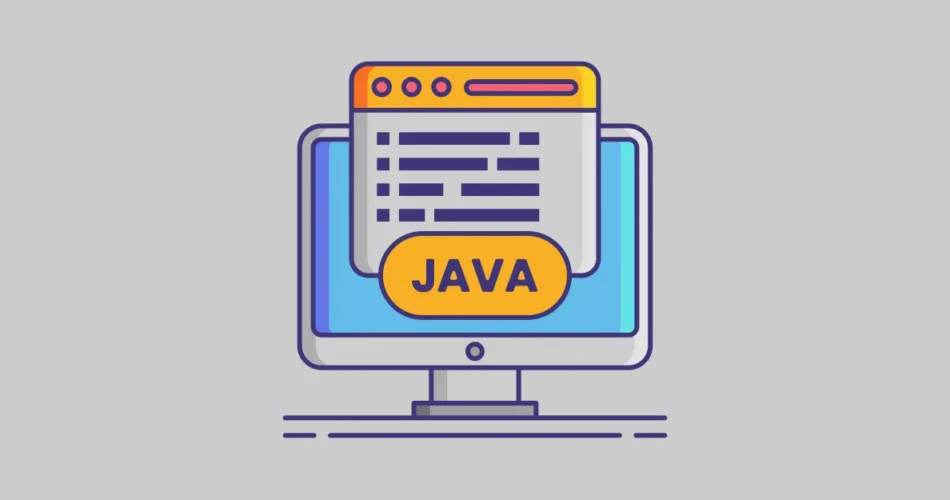In the realm of software development, Java shines as a robust and versatile programming language that has left an indelible mark on the industry. Whether you’re taking your first steps into the world of programming or seeking to expand your repertoire, an introduction to Java fundamentals is a cornerstone of success. In this comprehensive guide, we’ll delve into the introduction to Java programming, providing you with a solid foundation upon which to build your coding journey.
A Brief Look at Java
Java’s origins trace back to the early 1990s, where a team at Sun Microsystems, led by James Gosling, embarked on a mission to create a language that could transcend platform limitations. This quest gave birth to Java, with its famous mantra “Write Once, Run Anywhere” (WORA). Over the years, Java has evolved into an object-oriented language known for its reliability, scalability, and broad applicability.
Understanding Syntax and Structure
At the core of Java lies its syntax, a set of rules that dictate how programs are written. Java’s syntax is designed to be both human-readable and easy to understand. For instance, Java’s use of semicolons to terminate statements and curly braces to denote code blocks enhances code clarity. Let’s take a simple example of a Java program that prints “Hello, World!” to the console:
public class HelloWorld {
public static void main(String[] args) {
System.out.println("Hello, World!");
}
}
In this program:
public class HelloWorlddefines a class namedHelloWorld.public static void main(String[] args)marks the main method, the entry point for executing the program.System.out.println("Hello, World!");is the instruction to print text to the console.
Data Types and Variables
Java provides a variety of data types to represent different kinds of values. Core data types, including int, double, and boolean, manage basic values. Non-core data types, like String, cater to more complex data. Here’s a glimpse of declaring variables using Java’s syntax:
int age = 28;
double salary = 55000.75;
boolean isStudent = false;
String name = "John";
Control Flow and Decision Making:
Java equips programmers with control flow tools to manage the order of execution. Conditional statements like if, else if, and switch allow for decision-making based on conditions. Loops such as for, while, and do-while enable the repetition of actions. Consider this example using an if statement:
int marks = 90;
if (marks >= 85) {
System.out.println("Excellent!");
}
else if (marks >= 70){
System.out.println("Good job!");
}
else {
System.out.println("Keep up the effort!");
}
Data Management with Java:
Java’s capability extends beyond handling code structure and control. It’s adept at managing data, whether it’s reading from files, interacting with databases, or processing user input. Java’s libraries empower developers to tackle a wide spectrum of data-related tasks efficiently.
Conclusion:
This overview of Java’s core elements merely scratches the surface of what this remarkable language has to offer. Armed with these foundational concepts, you’re well-equipped to venture further into the world of Java programming. As you explore the intricacies of object-oriented design, delve into advanced topics, and undertake ambitious projects, remember that Java’s versatility and community support are your allies on the path to coding mastery.
Seize the opportunity to embark on your coding journey with Java, and uncover the limitless potential that awaits as you craft innovative solutions and contribute to the ever-evolving landscape of software development.
Subscribe to our email newsletter to get the latest posts delivered right to your email.


Comments